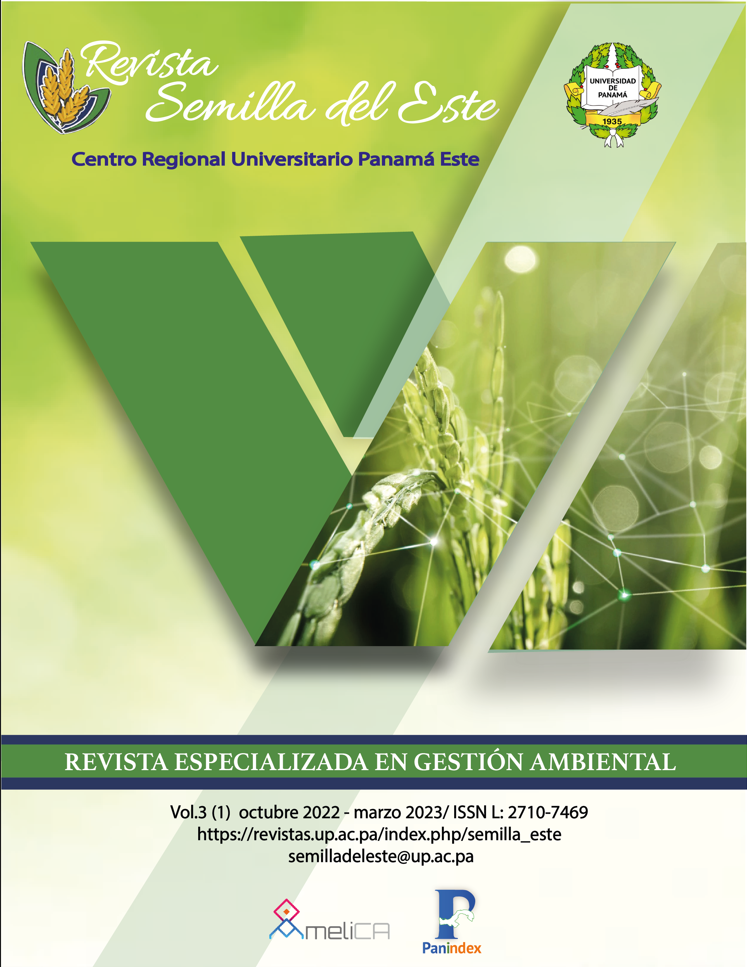


Este trabalho encontra-se publicado com a Licença Internacional Creative Commons Atribuição-NãoComercial-CompartilhaIgual 4.0.
Chrysomelidae constitutes one of the most abundant and diverse groups of Coleoptera. As well as any other group of insects, leaf beetles respond to factors such as habitat heterogeneity. For this reason, the modification of forest structure and composition has a direct impact on the leaf beetle communities and alters their diversity. Leaf beetle species abundance, richness, and community structure were characterized and compared between three different habitat types (Late Secondary Forest, Coffee-Growing Zone, Disturbed Forest) in a forest remnant of the San Lorenzo Protector Tropical Rainforest, Panama. Samples were collected every two weeks, using three Malaise traps in each habitat over one year, from October 2015 to October 2016. In total, 72 samples (24 per trap) which contained 347 individuals of leaf beetles were collected. These were identified to 77 species, 55 genera, in 7 subfamilies of Chrysomelidae. The greatest insect abundance and species richness occurred in the Late Secondary Forest. The differences among the three habitat types on the distribution of leaf beetle assemblages is likely to correspond to the structural characteristics of those habitats and complexity and affect leaf beetle’s richness and abundance associated. However, further studies are required to determine the causes of differences in species composition among each sites.